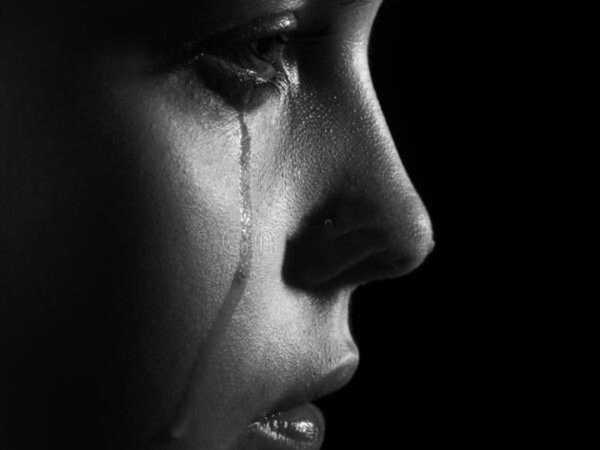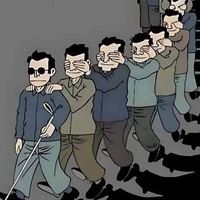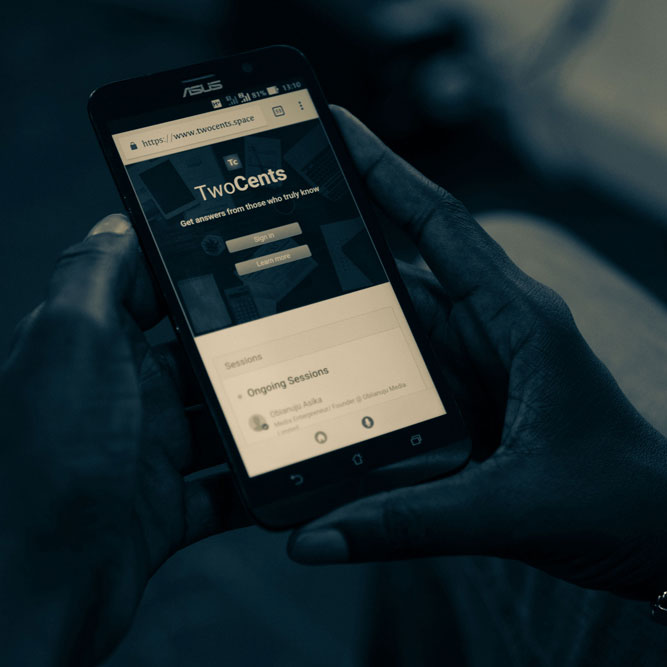Abisola Oladimeji
Student @ Adekunle Ajasin University,Akungba Akoko Ondo State.Nigeria.
Tears of a Dying Soul

<p> A Silent Cry for Healing</p><p><br></p><p>In the quiet corners of the world, away from loud cries and flashing lights, some souls die long before the body follows. Their demise is not marked by blood or breathlessness, but by a slow, painful unraveling of spirit. These are the tears of a dying soul—invisible to most, but deeply felt by those who carry the weight of silent suffering.</p><p><br></p><p>The Invisible Wounds</p><p><br></p><p>Mental and emotional pain often go unnoticed. While physical wounds receive bandages and sympathy, emotional ones are too easily dismissed. People struggling with depression, trauma, or deep loneliness often mask their pain behind polite smiles and routine conversations. Yet inside, their souls cry out—begging to be seen, to be heard, to be saved.</p><p><br></p><p>The tears of a dying soul are not always literal. They manifest in broken sleep, in lost appetite, in the aching exhaustion of simply existing. They show up as isolation, self-doubt, rage, or numbness. The world moves on while the soul fades quietly behind a well-guarded façade.</p><p><br></p><p>The Source of the Suffering</p><p><br></p><p>What kills a soul? Often, it’s not one grand event, but a series of betrayals: a childhood without affection, dreams deferred or dismissed, love that turns violent, voices that are silenced. For women, especially, the burden is often compounded—expected to endure, to serve, to survive without complaint.</p><p><br></p><p>The soul begins to die the moment a person believes they are no longer worthy of love, joy, or freedom. That belief seeps into the bones, draining color from life, turning vibrant dreams into distant echoes.</p><p><br></p><p>The Cry for Help We Don’t Hear</p><p><br></p><p>One of the greatest tragedies is how often these cries go unheard. Society still struggles to talk openly about mental health, especially in cultures where strength is valued above vulnerability. People are told to “move on,” to “get over it,” to “pray harder.” These phrases, though well-intentioned, often deepen the sense of abandonment.</p><p><br></p><p>The tears of a dying soul are not weakness—they are a final plea. A signal that the heart is reaching its limits. When someone begins to detach, to speak of emptiness, or to withdraw from things they once loved, those are not mood swings. Those are warning signs.</p><p><br></p><p>Redemption Is Possible</p><p><br></p><p>But there is hope. The soul, even when battered and bruised, has a remarkable capacity to heal. It begins with being seen. A simple “I’m here,” or “I notice you’re not okay” can begin to revive a dying spirit. Therapy, faith, community, art—these can become lifelines.</p><p><br></p><p>The healing process is slow. It requires patience, support, and a safe space to grieve what was lost. But recovery is not only possible—it is powerful. Many who once believed they were beyond saving have found strength in their pain and purpose in their scars.</p><p><br></p><p>Let Us Listen</p><p><br></p><p>We must learn to recognize the tears of a dying soul. They may not look like cries for help. They may come in silence, in sudden changes, in deep fatigue. Instead of judgment, we must offer empathy. Instead of pity, we must offer presence.</p><p><br></p><p>Let this article be a reminder: someone around you may be dying inside, wearing a mask so well that not even their closest friends can see behind it. Be kind. Ask twice. Listen fully.</p><p><br></p><p>Because sometimes, a soul doesn’t need fixing—it just needs to be loved back to life.</p>
Other insights from Abisola Oladimeji
Referral Earning
Points-to-Coupons
Insights for you.



 135
135

































































Comments